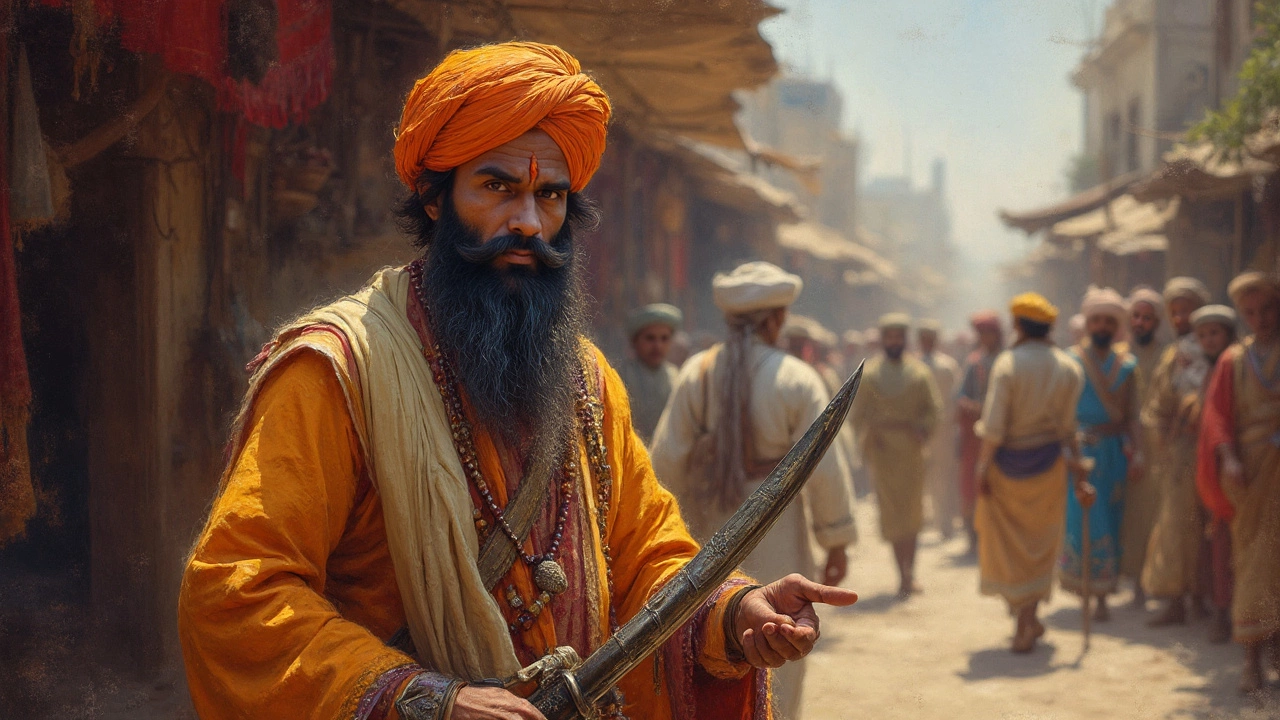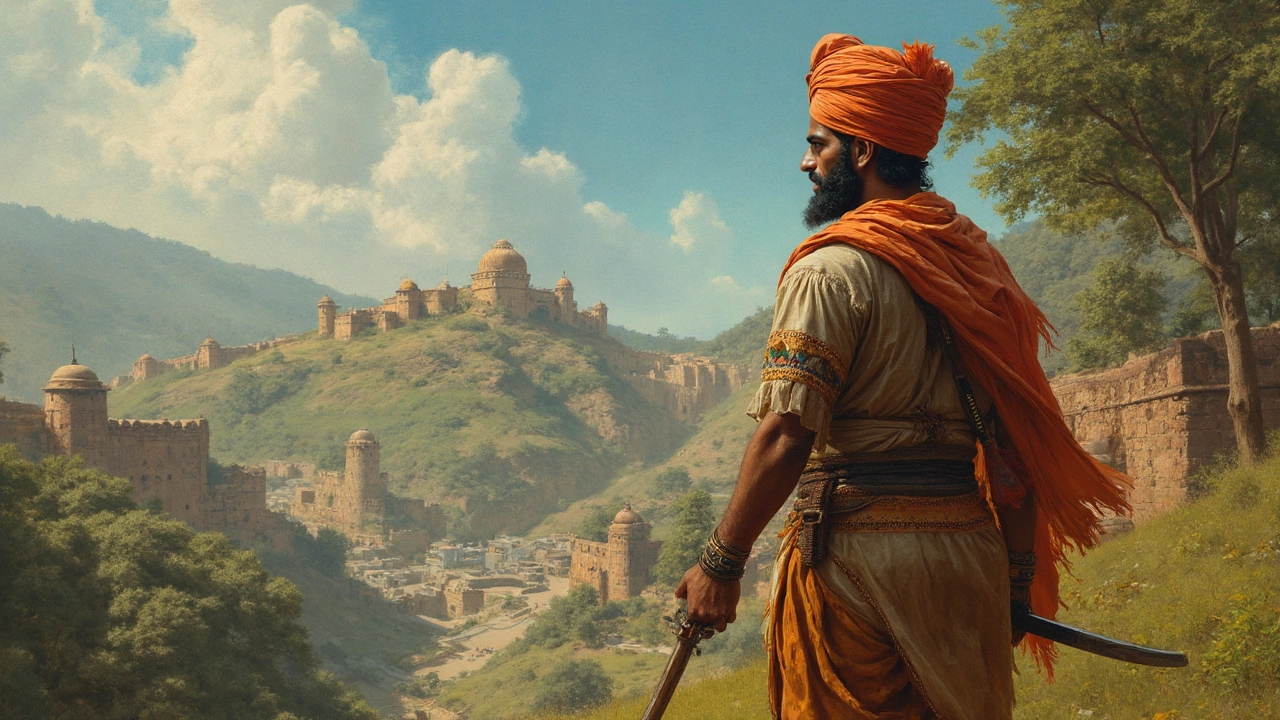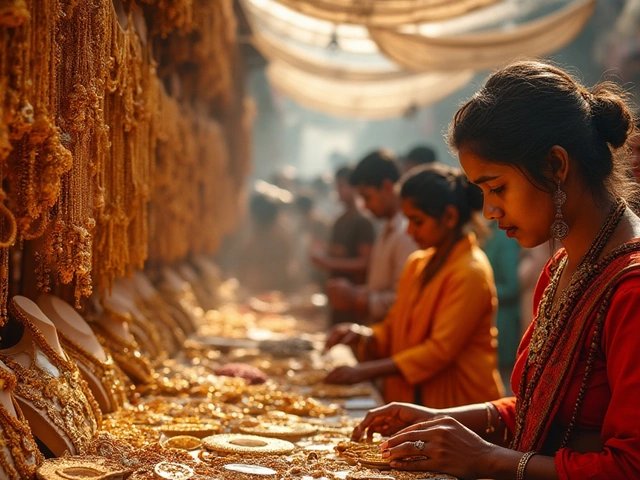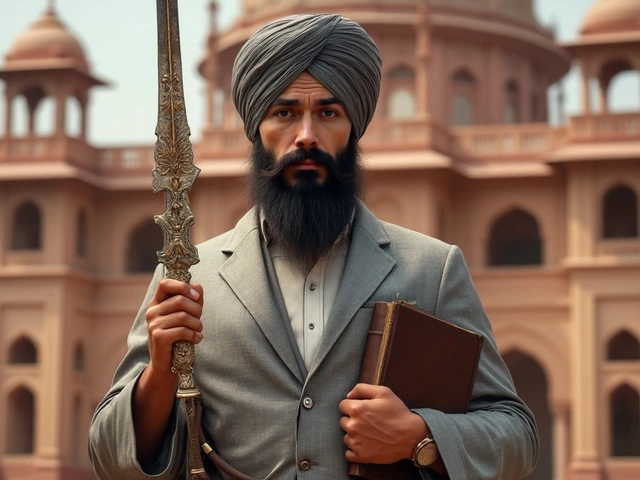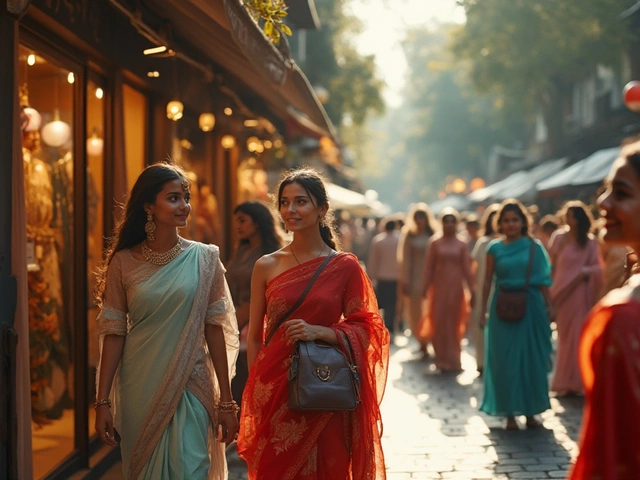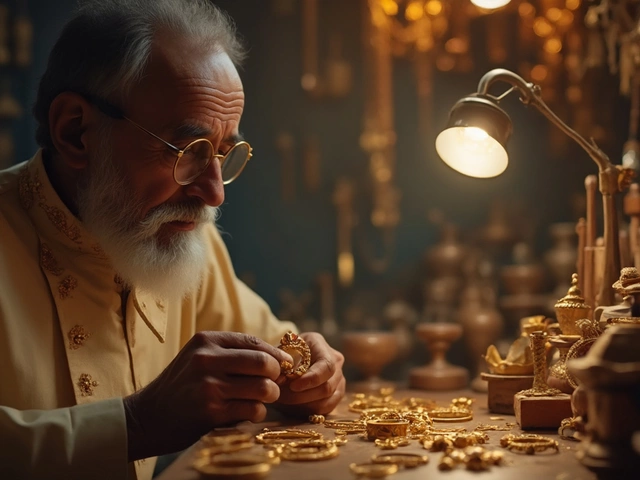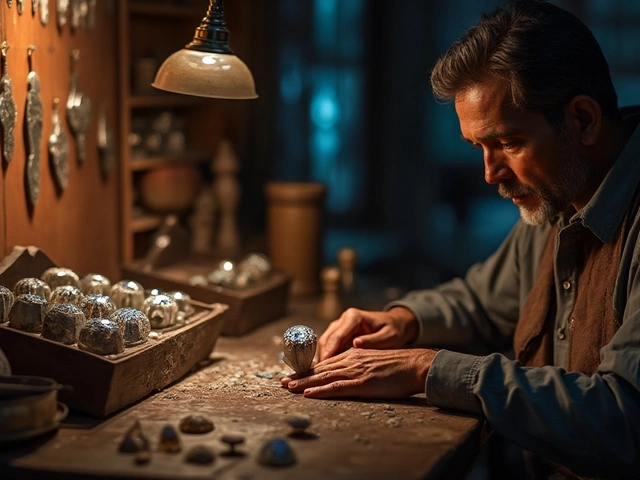Evolution of Indian Jewelry: From Ancient Roots to Modern Glam
Ever wondered why a simple gold bangle feels timeless while a chunky silver cuff feels fresh? The answer lies in the evolution of Indian jewelry – a story that mixes history, culture, and changing fashion needs. Let’s walk through the major milestones that shaped the pieces we love today.
From Temple Treasures to Royal Courts
About 3,000 years ago, artisans crafted jewelry for temples and the elite. These early pieces were made of gold, copper, and natural gemstones. They weren’t just ornaments; they marked status, devotion, and community identity. When monarchs rose, designs got richer – think intricate Kundan work and massive gold necklaces that signaled power.
During the Mughal era, Persian influence blended with local styles. You’ll see delicate meenakari enamel, filigree, and the birth of the iconic Jadau setting. This period added a layer of elegance that still inspires designers today.
Colonial Impact and the Rise of Modern Styles
British rule introduced new materials like silver and new manufacturing techniques. Jewelry became more accessible, moving from exclusive royal courts to everyday wear. The Art Deco movement of the 1920s brought geometric shapes, giving birth to bold, streamlined pieces that matched the era’s spirit.
Post‑independence, designers revived traditional motifs while experimenting with contemporary forms. The 1970s saw the emergence of tribal-inspired beadwork, and the 1990s welcomed Western silhouettes, creating a hybrid look that still feels Indian at heart.
How Evolution Shapes Your Choice Today
When you shop now, you’re picking from centuries of evolution. A classic gold mangalsutra might echo ancient marital symbols, while a sleek diamond-studded pendant could reflect modern minimalism. Understanding this history helps you choose pieces that match your story, not just the latest trend.Today, tech also plays a role. CAD design, laser cutting, and sustainable sourcing are redefining craftsmanship. Brands like RH Jewellers blend heritage techniques with these new tools, ensuring every piece feels both timeless and current.
So next time you try on a pair of earrings or a statement ring, think about the journey that brought them to you. From temple halls to online stores, the evolution of Indian jewelry is a living, breathing adventure – and you’re a part of it.
The Evolution of the Kirpan: A Journey Through Time
The Kirpan, a symbol of valor and religion for Sikhs, has undergone significant changes over time. This article explores its evolution, from an ancient weapon to a modern-day sacred article. Discover how historical events and cultural shifts have shaped the Kirpan's design and significance. Learn interesting facts and insights that reveal the unique journey of this cherished symbol. Gain a deeper appreciation for the Kirpan's place in Sikh tradition and its continuing relevance today.
The Evolution of the Kirpan: Tracing Its Path Through Time
The Kirpan, a ceremonial sword, is a critical element of Sikh faith representing courage and self-defense. Over the years, it has undergone significant transformations, reflecting cultural, religious, and social shifts. Exploring its history offers insight into its evolving role and symbolism. Let's understand how the Kirpan has adapted over time, maintaining its relevance across generations.
